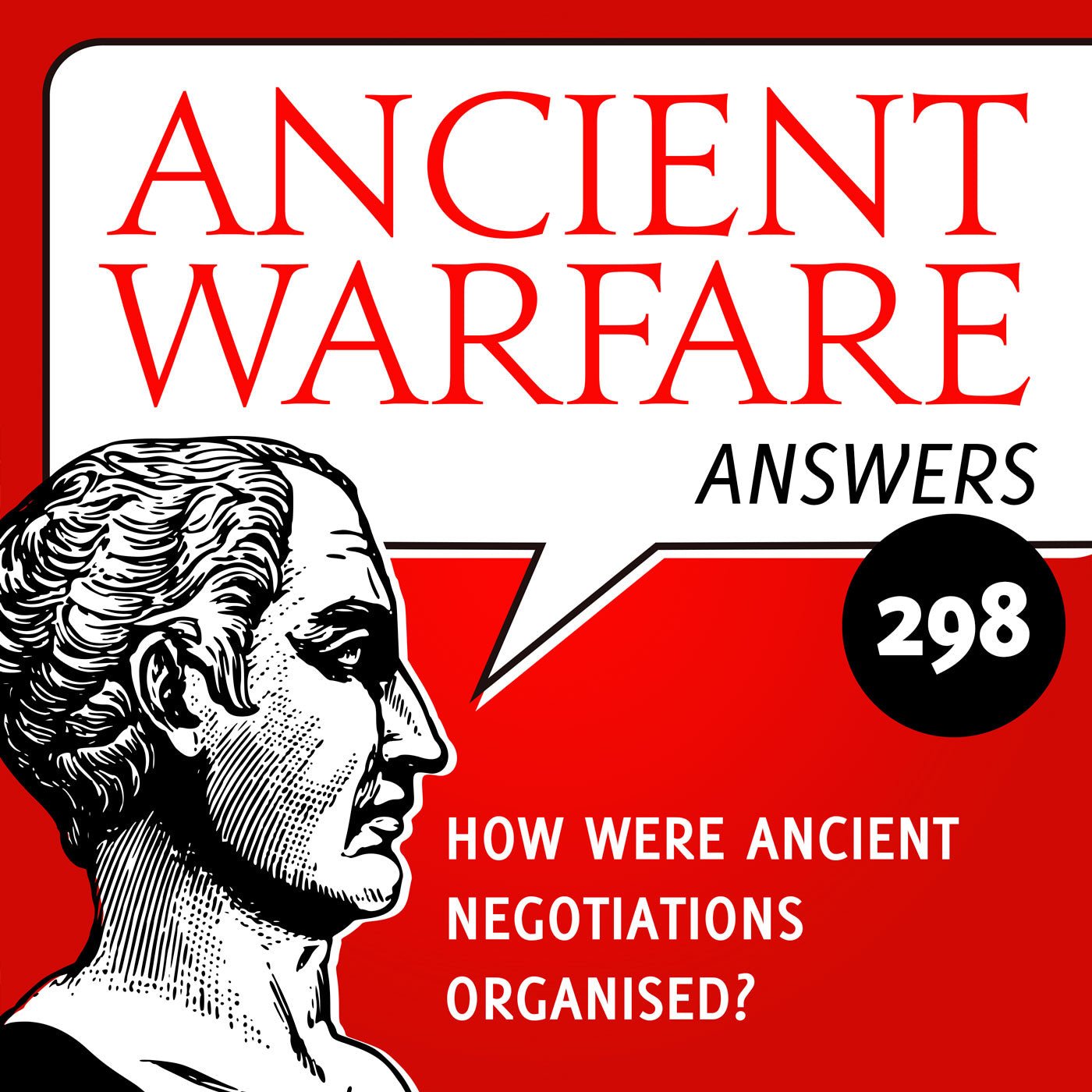Battles in the ancient world (part 5)
This is the fifth part in a series of eight blog posts that examine the different types of battles fought in the ancient world. Earlier, I looked at pitched battles, meeting engagements or encounter battles, surprise attacks, and ambushes. Today, I focus my attention on small-scale engagements, also referred to as skirmishes.
The skirmish
Not all battles in the ancient world consisted of massive engagements between large armies. There were also many smaller engagements or skirmishes. Certainly, among more small-scale societies, nearly all wars consisted of series of skirmishes rather than big clashes. Thucydides, in the first book of his history of the Peloponnesian War (431–404 BC), gives a brief overview of ancient Greek military history. He states that in ancient times, there were no big wars for conquest or even great alliances (bar that for the frustratingly vague Lelantine War), just border skirmishes and other local conflicts between rival neighbours.
But even in periods where larger political organizations did exist, smaller conflicts must have been frequent. From the Mycenaean palace at Pylos, we have a large number of fragments of wall-paintings, all dated to the thirteenth century BC. Some interesting ones come from what must have been an entrance hall to the palace proper: the walls were lined with scenes depicting Pylian soldiers defending the realm. One scene, the so-called “Tarzan Fresco”, shows Pylian soldiers fighting barbarians, the latter depicted with long, unkempt hair and wrapped in animal skins. They fight near a river, which must have been marked one border of Pylian territory. This was clearly not a massive engagement, but a small border skirmish aimed at keeping these uncivilized peoples at bay. (Angel García Pinto made a beautiful reconstruction of this scene for Henchmen of Ares.)
The problem with skirmishes is that often they are too small to warrant any detailed descriptions by ancient historians. However, we have some evidence from Greek vase-painting, for example, that give some idea of the kind of smaller operations that warriors could be engaged in. We have Attic vases of the later sixth century BC that depict hoplites hiding in bushes or mixed in with Scythian archers, which heavily suggest smaller conflicts than the larger engagements so favoured by Herodotus, Thucydides, and others.
The poet Theognis from Megara (floruit ca. 550 BC) seems to be prepared, at short notice, to engage what was probably some small force of enemy troops that appeared suddenly at the border (frr. 549–554):
The voiceless messenger, shining from the far-gleaming lookout, is raising fearful war. Come, place bits on the swift-heeled horses, for I think they’ll meet the enemy. The distance between is not great; they’ll get there, unless the gods deceive my judgement.
Skirmishes were also fought between smaller detachments of larger armies. Usually, the parties involved were on reconnaissance of foraging duty. The Battle of Cynoscephalae (197 BC) discussed earlier came about as the result of a skirmish between smaller detachments being reinforced by the main parts of the Roman and Macedonian armies.
The type of warfare typical of the Iliad has been considered a poetically enlarged form of smaller skirmishes. It is very doubtful that Homer ever witnessed large battles of the kind that he intends to describe, and it is characteristic that much of the fighting takes place between small groups (warbands) of heroic leaders and their fifty-or-so followers. Hans van Wees compared the Homeric style of fighting with those observed among the tribesmen of New Guinea. Unlike at Troy, the tribesmen usually engage in skirmishes that often did not have a large number of casualties; one side or the other would eventually break and flee after having incurred only some losses. (On Homer and Homeric warfare, see also my article in Ancient Warfare III.3, pp. 8–11 and, of course, Henchmen of Ares.)
Within a larger army, “skirmishers” were troops specifically intended for engaging in a skirmish, that is, in hit-and-run tactics, such as peltasts. Thucydides describes these skirmishers as essentially useless: they exchange some missile fire between them and then step aside to let the heavy infantry and other troops deal with the actual battle. This is undoubtedly untrue, or at the very least an exaggeration, especially considering the effectiveness of light troops against heavy infantry in a number of instances. Some light troops developed a remarkable reputation, such as Cretan archers and Rhodian slingers (see, for example, Ancient Warfare VII.5).




